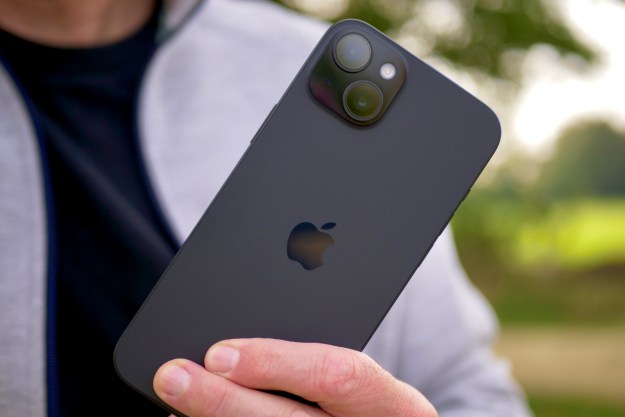Last week, analysts Tony Sacconagui at Bernstein Research looked at quarterly financial numbers from Apple and AT&T, looked again, and did a little bit of head-scratching. Apple claims to have sold 3.7 million iPhones to date, but AT&T claimed to have activated only 2 million iPhones. Although the figures don’t account for some inaccuracies and iPhones that had been purchased over the end-of-year holidays but not yet activated, the figures seemed to indicate that at whopping 1.4 million of the iPhone sold to date are either sitting in inventory, being used in a phone-free “iPod touch” mode until buyer’s wireless contracts expired…or that purchasers have deliberately unlocked the iPhones to re-sell or for use on networks other than AT&T.
The figures have been the source of considerable debate—particularly since Apple’s stock price has taken a beating post-Macworld. Sacconaghi concludes that about 350,000 of the “missing” iPhones were sold in Europe, that about 20 percent of iPhones sold had been unlocked for use on non-AT&T networks, and the rest were in inventory at AT&T and European distributors. Sacconaghi’s overall conclusion seems to be that Apple’s iPhone sales aren’t all that robust, and that Apple can expect to take a beating in March when its next quarter sales numbers fall below expectations.
Others disagree. Gene Munster at Piper Jaffray looks at the same numbers, and agrees that European partners have sold about 350,000 iPhones. Munster also believes about 25 percent of iPhones have been unlocked, since unlocking an iPhone is even easier now than when Apple first estimated about 22 percent of iPhones were being purchased with intent to unlock. From Apple’s claim of 3.7 million iPhones sold, that leaves 2.5 million eligible for activation; take out AT&T’s 2 million activations, and that leaves about 500,000 iPhones in the wind. However, Munster contents that inventory for items like the iPhone is five weeks; if Apple is selling 100,000 phones a week, that would suggest almost exactly five weeks of inventory is in the retail channel. Therefore, no iPhones are really “missing.” Munster’s figures also coincide neatly with Apple’s own sales estimates of 10 million iPhones in 2008.
Unlocked iPhones represent lost revenue for Apple, which reportedly receives about $18 a month from AT&T for every iPhone activated; therefore, the number of unlocked iPhones has analysts pondering the profitability of Apple’s iPhone adventure. However, Apple’s overall business—computers, iPods, music, and software—is turning a tidy profit without the iPhone, and lost revenues to unlocked Apple iPhones is unlikely to have a significant impact on the company’s bottom line anytime in the near future.
Editors' Recommendations
- How to connect an iPhone to a Mac with or without a cable
- iPad Pro (2024) vs. iPad Pro (2022): a surprisingly big upgrade
- iPhone 16: news, rumored price, release date, and more
- Android phones are about to get a major iMessage feature
- Apple’s new iPads look amazing, but there’s one big problem


